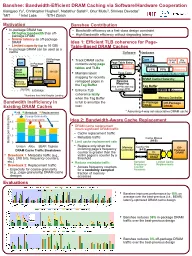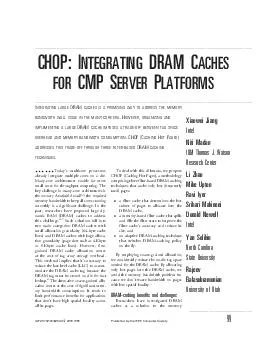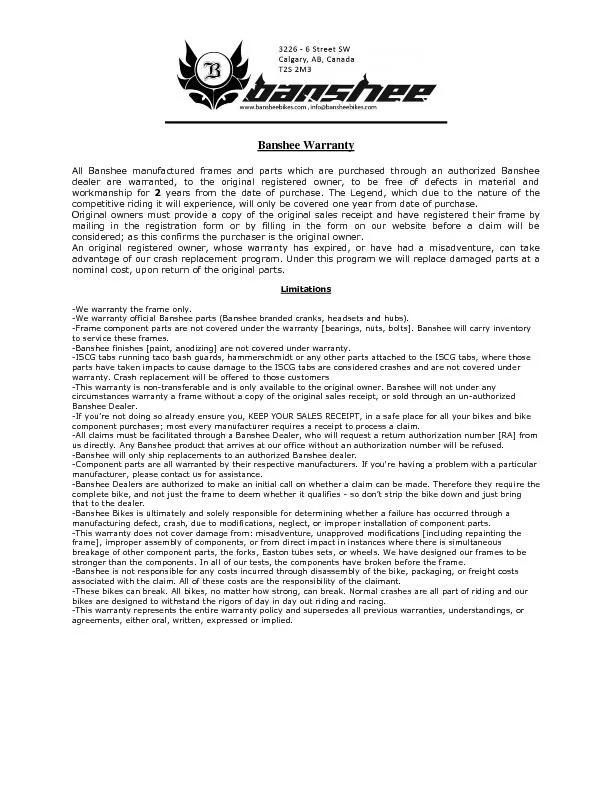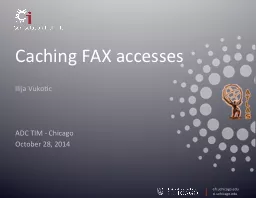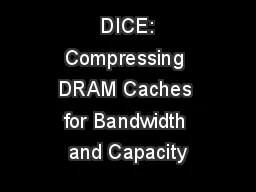PPT-Banshee: Bandwidth-Efficient DRAM Caching via Software/Hardware Cooperation
Author : eatfuzzy | Published Date : 2020-06-19
Xiangyao Yu 1 Christopher Hughes 2 Nadathur Satish 2 Onur Mutlu 3 Srinivas Devadas 1 1 MIT 2 Intel Labs 3 ETH Zürich Motivation Inpackage DRAM has
Presentation Embed Code
Download Presentation
Download Presentation The PPT/PDF document "Banshee: Bandwidth-Efficient DRAM Cachin..." is the property of its rightful owner. Permission is granted to download and print the materials on this website for personal, non-commercial use only, and to display it on your personal computer provided you do not modify the materials and that you retain all copyright notices contained in the materials. By downloading content from our website, you accept the terms of this agreement.
Banshee: Bandwidth-Efficient DRAM Caching via Software/Hardware Cooperation: Transcript
Download Rules Of Document
"Banshee: Bandwidth-Efficient DRAM Caching via Software/Hardware Cooperation"The content belongs to its owner. You may download and print it for personal use, without modification, and keep all copyright notices. By downloading, you agree to these terms.
Related Documents

